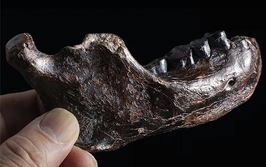Optimizing the particle size of ground coffee

contributed by Malvern Panalytical |
By Paul Kippax, Malvern Instruments
Abstract: The particle size of coffee grounds affects its flavour. If the coffee grind is fine, a powerful espresso flavour may be produced as complex organic components within the bean are released during brewing. If the coffee grind is coarse, a smoother flavour may be obtained for the final brew.
Particle size is an important variable for many of the diverse products manufactured by the food industry. For some foodstuffs it directly influences critical product quality parameters. For example, the dissolution rates of milk powder, sugar and gravy granules are strongly dependent on particle size. With other materials the relationship is more complex; particle size influences product rheology, which in turn has an impact on customer perception and satisfaction. The stability of emulsions, such as mayonnaise and cream liqueurs, and the taste and feel of chocolate can all be correlated with particle size of the constituent ingredients.
Here we examine the impact of particle size on the properties of ground coffee. Particle size influences both ease of brewing and the flavour of the finished beverage. Methods for particle size analysis are reviewed and the benefits of laser diffraction highlighted. Data for different coffee samples are presented and the practical relevance of the results is discussed.
Ground coffee production
Coffee is harvested from either single stem or multi-stem coffee bushes as red berries that contain the coffee bean. These “coffee cherries” are either dried or fermented in order to allow the outer part of the cherries, including the skin (exocarp) and the fruit (mesocarp), to be separated from the bean. The beans are then separated from the husks and any other foreign matter ready for roasting.
Log in or register to read this article in full and gain access to The Analytical Scientist’s entire content archive. It’s FREE!

















